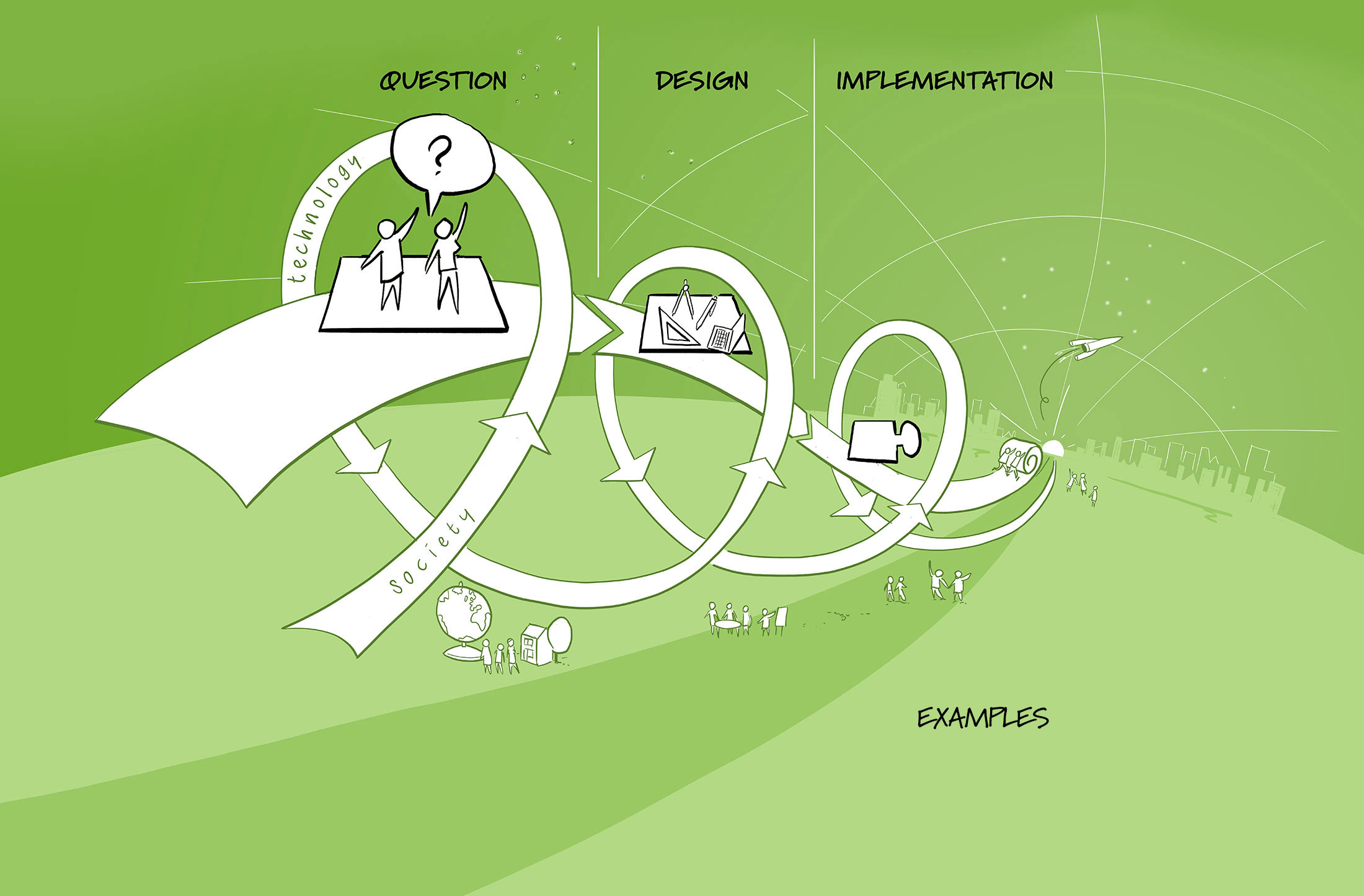The tools presented on this website are useful to assess the societal and ethical impact at various phases of the innovation process, when developing the research question, when considering design requirements, and during implementation. Applying these tools throughout the innovation process allows for a continuous assessment of the ethical and societal impact from the beginning in an integrated and parallel manner – an approach that we also call Ethical Parallel Track.
1
2
3
4

1
2
3
